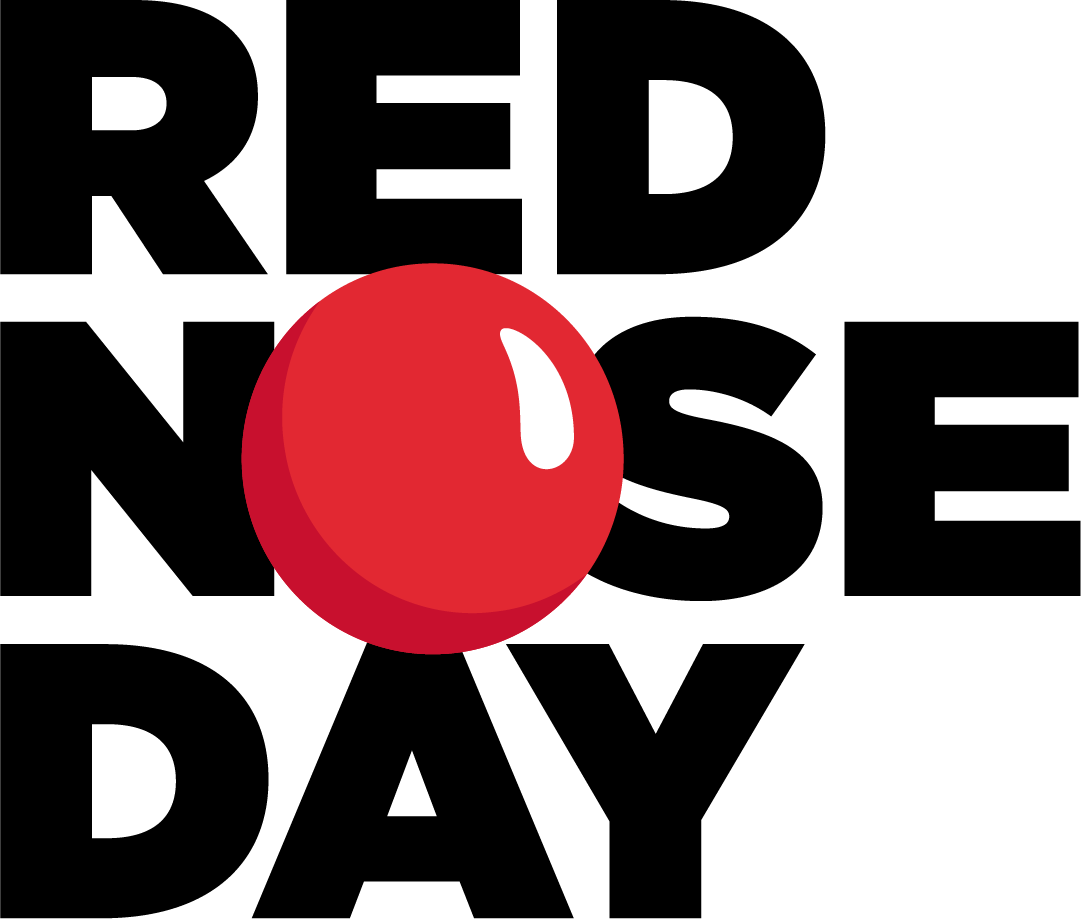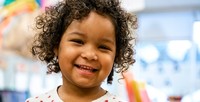
Why natural disasters are especially hard on the most vulnerable children (and what we’re doing about it)
When disaster strikes, children living in poverty are often hit the hardest. Red Nose Day supports organizations that are on the ground in Houston, right now, helping those in need.
The effects of natural disasters are often the hardest on children living in poverty.
Here’s just a few reasons why:
1. Vacating a city could be impossible without a car, and the families of children in poverty are less likely to have personal transportation.
2. Poor kids are more likely to miss school after a disaster, especially if their financial or family situation requires them to relocate frequently. This could lead to drastic effects on long-term achievement, like dropping out.
3. Families in poverty may not have extra money to stack up on supplies to ride out a storm.
4. Poorer residents in a town often means fewer tax dollars for local governments to spend on preparedness, creating outdated and easily overwhelmed systems that can put those children further into danger during disasters.
5. In many parts of the country and the world, areas more vulnerable to natural disasters (like flood plains or tornado alleys) tend to have lower rents and home prices, which attract more low-income families.
6. Flood insurance can be hard for parents to justify when you’re struggling to pay rent, or to pay for food for your family. That makes building up the basics after a disaster harder when money and resources are tight.
7. Lastly, while a disaster is a traumatic event for everyone, it is especially tough for kids living through them, and the effects can be felt for years after.
While no individual can stop all of this, together we can do a lot. And the good news is, Red Nose Day supports organizations that are already on the ground in Houston helping to mitigate the effects of natural disasters.
More resources will be needed as recovery will take years. We urge all of our supporters to help the best they can.
And already our amazing partners are on the ground ensuring that children in the Houston area are safe, addressing the immediate needs of children affected by poverty and their families.
Here’s how Red Nose Day partners are helping victims of Hurricane Harvey right now:
Boys & Girls Clubs of America
BGCA is working on mobilizing its Movement of 4,300 Clubs to help support those impacted by Hurricane Harvey. As Clubs begin the long and arduous task of assessing damage and rebuilding, BGCA is helping to streamline donations and volunteer efforts from Clubs across the country. Several Clubs have already begun to ship goods to impacted Boys & Girls Club organizations, and BGCA has provided a hotline for support and services. You can learn more about their efforts here.
Children’s Health Fund
Children’s Health Fund has long been a first responder for children and families in times of crisis. They have previously been instrumental in relief efforts for Hurricane Katrina in New Orleans and Superstorm Sandy in New York, and are currently focusing their efforts on areas impacted by Hurricane Harvey. Children’s Health Fund is working with their clinical programs in Dallas and Austin, the National Center for Disaster Preparedness at Columbia University, and other partners to determine how best to meet the immediate and longer term health needs of children and families impacted by this massive storm.
Covenant House
Covenant House, an organization that provides shelter, food, immediate crisis care and an array of other services to homeless and runaway youth, is focused on its Houston, TX location and the 80 children that are currently residing there. Covenant House and its staff are focused on keeping these children safe, and ensuring that no youth is being turned away in the midst of this disaster. Staff are working tirelessly to manage the building’s leaks and keep the kids fed and safe, while helping everyone cope with the anxiety and stress caused by the disaster. Covenant House staff members are also connecting on the streets to find kids who have become homeless as a result of the storm.
Feeding America
Feeding America has been working in close collaboration with the American Red Cross and other responders to address the needs of those affected, including delivering food and emergency supplies to help people cope in the aftermath. The affected area includes five member food banks and two partner distribution organizations.
In the days prior to the storm, Feeding America staged food and disaster supplies in locations throughout the south. As the harsh weather continues to batter southeast Texas, network members are delivering food, water, cleaning supplies and other essentials to communities devastated by the storm.
At the national level, Feeding America is raising public awareness of the disaster’s impact, conducting ongoing monitoring of the situation on-the-ground and coordinating efforts with disaster partners including the American Red Cross and FEMA, the Federal Emergency Management Agency.
You can learn more about their efforts here.
Save the Children
Save the Children is the national leader for U.S. children in emergencies, providing comprehensive relief and recovery programs specifically designed to meet the needs of children and their families. Save the Children has teams on the ground in affected areas, including Houston. They are distributing child and baby supplies, including portable cribs, strollers, and hygiene items. They are also establishing child-friendly spaces to help protect children who are in shelters housing thousands of people and are providing activities to support emotional recovery. You can read more about how Save the Children is assisting those impacted by Hurricane Harvey here.
Unidos US
UnidosUS is the nation’s largest Hispanic civil rights and advocacy organization. In response to the crisis in Houston, UnidosUS has been in contact with 26 Texas affiliates to assess need and support, so that they can assist these organizations directly. Their immediate priority is communicating and ensuring relevant communities of the American Red Cross’ impartiality statement, which states that Red Cross workers will not question citizenship status of anyone in need of assistance.
Sources:
Huffington Post, "Harvey's Impact On Students Could Be Felt 'For Generations'
CityLab, "The Vulnerable Communities in Harvey's Path, Mapped"
Center for the Study of Traumatic Stress, "Natural Disasters Disproportionately Affect the World's Poor"
Photo: Texas National Guard
EXPLORE MORE NEWS
Get on the list. Sign up for updates.
Don’t Miss Out!
Sign up for the latest Red Nose Day news and updates.
rnd-bsd-signup-form


